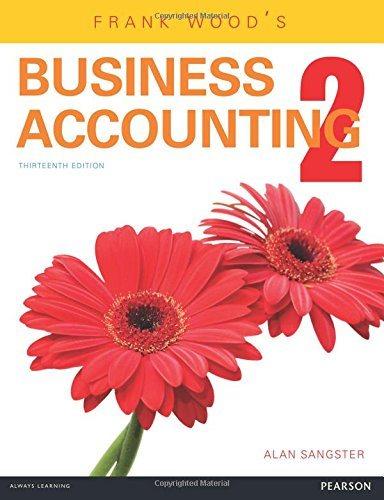Average Rate of Return You begin by trying to eliminate any proposals that are not yielding the company's minimum required tate of return of 20%. Complete the following table, and decide whether Alpha, Beta, and/or Gamma should be eliminated because the average rate of return of their project is less than the company's minimum required rate of return. Complete the following table. Enter the average rates of return as percentages rounded to two decimal places. Estimated Average Average Average Rate Accept or Proposal Annual Income Investment of Return Reject Alpha 302,054 X 736,000 41.04 X % Accept 272,019 2,839,450 9.58 Reject 527,245 X 1,062,7807 49.61X Accept Beta Gamma Cash Payback Method You've decided to confirm your results from the average rate of retum by using the cash payback method. Using the following table, compute the cash payback period of each investment. If required, round the number of years in the cash payback period to a whole number Annual Net Cash Inflow Cash Payback Period in Years Proposal Initial Cost Alpha 1,472,000 351,145 Beta 5,678,900 475,608 X 12 Gamma 2,125,560 592,819 X Even though you're fairly certain that your evaluation and elimination is correct, you would like to compare the three proposals using the net present value method, and get some data about the internal rate of return of the proposals, each of which are expected to generate their respective annual net cash inflows for a period of 10 years. Compute the net present value of each proposal. You may need the following partial table of factors for present value of an annuity of $1. Round the present value of annual net cash flows to the nearest dollar. If your answer is zero enter "o". For the net present value, If required, use the minus sign (-) to indicate a negative amount. Present Value of an Annuity of $1 at Compound Interest (Partial Table) Year 10% 20% 1 0.909 0.833 5 3.791 2.991 10 6.145 4.192 Alpha Beta Gamma Annual net cash flow 351,145 5 475,608 x 592,819 x Present value factor 4,192 X 4,192 X 4,192 X Present value of annual net cash flows 1,472,000 V 1,993,749 X $ 2,485,097 X Amount to be invested 1,472,000 V 5,678,900 2,125,560 Net present value -0,16 X 53,685,151.21 X 359,537.25 X Homegrown Company Homegrown Company is a chain of grocery stores that are similar to Indoor farmer's markets, providing fresh, local produce, meats, and dairy products to consumers in urban areas. Homegrown is considering opening several stores in a new city, and has proposals from three contractors (Alpha, Beta, and Gamma companies) who would like to provide buildings for the new stores. The amount of expected revenue from the stores will depend on the design of the contractor. For example, if Homegrown decides on a more open floor plan, with less shelf space for products, revenue would be lower overall. However, if Home Grown decides on a very crowded floor plan, it may lose customers who appreciate a more open feel As the project manager for Home Grown, you are responsible for deciding which if any of the proposals to accept HomeGrown's minimum acceptable rate of return is 20%. You receive the following data from the three contractors Initial Cost Proposal Residual Type of Floor Plan if Selected Value Alpha Very open, like an Indoor formar's market $1,472,000 $0.00 Beta Standard grocery shelving and layout, minimal alle space 5,678,900 0.00 Gamma Mix of open areas and shelving areas 2.125,560 0.00 You have computed estimates of annual cash flows and average annual income from customers for each of the three contractors plans. You believe that the annual cash flows will be equal for each of the 10 years for which you are preparing your capital investment analysis. Your conclusions are presented in the following table Estimated Average Annual Income (after depreciation) $313,094 Estimated Average Annual Cash Flow Proposal $351,145 Alpha Beta 272,019 461,411 Gamma 521,931 598,133 Method Comparison Compare methods of capital investment analysis in the following table to begin your evaluation of the three capital investment proposals Alpha, Beta, and Gamma. You decide to compare four methods: the average rate of retum, cash payback period, net present value, and internal rate of return methods Average Rate of Cash Payback Net Present Interna Return Method Method Value Method Return Considers the time value of money No No Yes Yes Does not consider the time value of money Yes Yes No No Easy to compute Yes Yes No No No No Yes Yes Not as easy to compute Directly considers expected cash flows No Yes Yes Yes Directly considers timing of expected cash flows No NO Yes y Yes Assumes cash flows can be reinvested at minimum desired rate of retum NO Na Yes Yes











